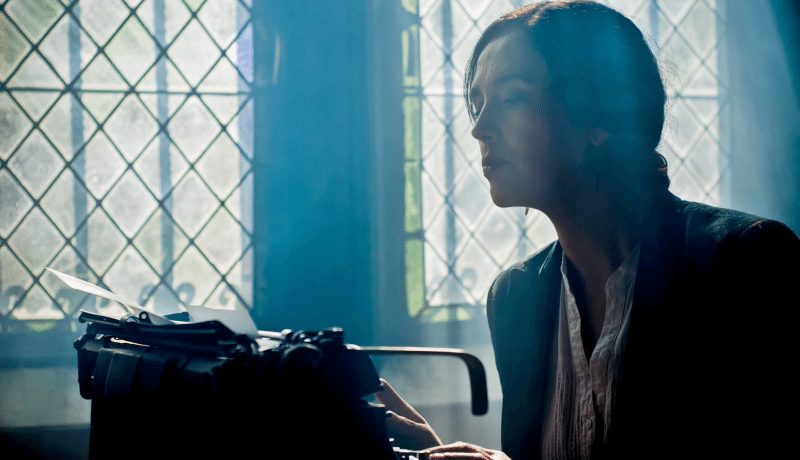How to Write a Scene Outline
Episode #9 of the course How to outline your novel by K.M. Weiland
When people ask “how to outline a novel,” what they’re really asking is “how to write a scene outline.” However, as you’ve already learned in the last eight lessons, writing a good scene outline should be the last thing you do in your outlining process.
Figuring out how to write a scene outline is one of the most intuitive parts of the process. You’ll start with Scene 1 and work your way through the story to the final scene.
How in-depth your scene outline should be depends entirely on your needs. You may feel you now know enough about your story to simply jot off a quick one-line summary for each scene. If you’re like me, you’ll go a little deeper to discover the blow-by-blow of each scene.
The following are five steps for writing your scene outline.
Step 1: Figure Out How Many Scenes Should Be in Your Story
If you’re shooting for scenes of around 2,500 words and books of around 100,000 words, that means you’ll need to include around 40 scenes. From there, divide your number of scenes by 8 to calculate how many scenes will exist between each of the major structural moments we talked about in Lesson 7 (Inciting Event, First Plot Point, First Pinch Point, Midpoint/Second Plot Point, Second Pinch Point, Third Plot Point, Climax).
Step 2: Use These Important Labels for Each Scene
At the beginning of each scene in your outline, make note of the following:
● The number of the scene within the overall outline.
● The name and/or brief summary of the scene.
● The date of the scene within the story.
● The character whose POV (point of view) will be used.
● The setting(s) in which the scene will take place.
Step 3: Outline the Scene
Although you will already have a general idea of what will happen in each scene, you still have to work out the actual machinery of the scene. For example, if you know your character will be mugged in a scene, you’ll need to ask the following questions:
● How is he mugged?
● Where does it happen?
● Why does it happen?
● Why was he in that back alley?
● How will he react?
● How will the events of this scene lead him into the following scene?
(Don’t forget you can download the complete transcript of one my outlines for an example of what your scene outline might look like.)
Step 4: Figure Out the Scene’s Structure
The structure of every scene in your story can be broken into two halves: scene (action) and sequel (reaction). (And, yeah, I apologize for the ridiculously confusing terminology; blame Dwight Swain.) Each of those halves are then broken into three sections apiece.
In the scene, your character has a (1) goal, which is met by (2) conflict, which ends in at least a (3) semi-disaster. This then prompts the sequel, in which your character (1) reacts to that disaster, ponders his new (2) dilemma, and comes to a (3) decision—which leads right into the next scene’s goal.
(For an in-depth exploration of scene structure, see my series How to Structure Scenes in Your Story.)
Step 5: Implement a Highlighting System
To track what’s what in your outline, implement a simple color-coding system.
For example:
● If an idea is a “keeper,” highlight in blue.
● If an idea is unfinished or raises a question, highlight in green.
● If an idea isn’t necessarily pertinent to the current scene but will be important later, highlight in yellow.
● If an idea is just general information you need to save, highlight in orange.
● If an idea ends up being in the wrong place (e.g., you needed to add something to an earlier scene), highlight in pink and use directional arrows to indicate whether it needs to be moved earlier or later.
You know when you’ve reached the end of your scene outline when you add the last scene in your story’s Resolution and write THE END.
Stay tuned! Tomorrow, we’ll wrap up the course with some key takeaways.
Recommended book
Structuring Your Novel by K.M. Weiland
Share with friends

